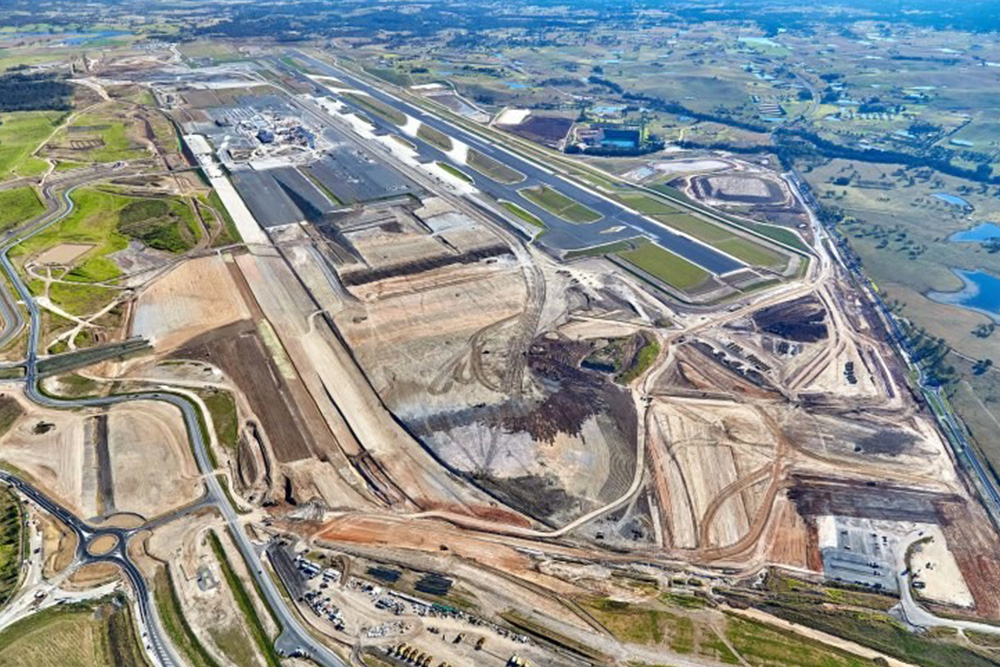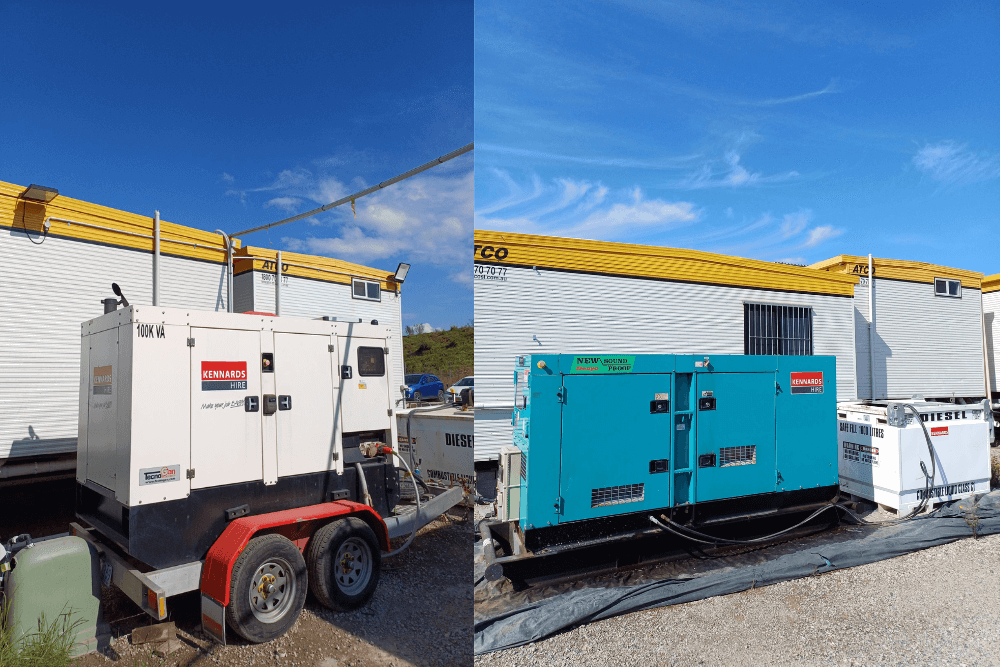Success with Biodiesel Power on Airport Rail Project
Case Study
Kennards Hire is proud to support a Sydney Metro - Western Sydney Airport project being powered by biodiesel.
Principal contractor, CPB Contractors United Infrastructure Joint Venture (CPBUI JV), is working on the Sydney Metro railway line joining Western Sydney International (Nancy-Bird Walton) Airport to the existing Sydney Trains suburban T1 Western Line at St Marys.
Sustainability is a key focus on the $539 million Surface and Civil Alignment Works (SCAW) project. CPBUI JV mandated the use of biodiesel across the project, including in four generators supplied by Kennards Hire.
The SCAW project features two key sustainability ‘firsts’:
- Kennards Hire switching B5 for B20 biodiesel in four generators.
- Australia First endorsement of biodiesel use across all plant and equipment (pending).
As CPBUI JV reports, the use of biodiesel across the SCAW project to date has reduced carbon emissions by 200 tCO2e, the equivalent of taking 70 cars off the road per year.
The successful use of B20 biodiesel also represents a step change for Kennards Hire clients, who can now benefit from efficient, lower emission power options going forward.
Cleaner, greener B20 power
The Sydney Metro - Western Sydney Airport project involves a new metro railway line running from St Marys to the Bradfield City Centre near Bringelly.
The SCAW project covers more than 10 kilometres of surface and civil alignment works on the 23-kilometre line.
CPBUI JV is using biodiesel, which is a mix of recycled cooking oils and diesel fuel, in four standard generators supplied by Kennards Hire - three 100KVA and one 120KVA.
The Kennards Hire team was responsible for running and maintaining the generators on-site.
Kennards Hire has previously used the B5 option, with 5% vegetable oil and 95% diesel. B20 features 20% biofuel in the diesel mix.
Paul Nicholson, Operations Product Specialist – Power and Renewable Energies at Kennards Hire, says the only difference to using standard diesel was an initial 250-hour filter check, before standard 500-hour checks resumed. Biodiesel actually runs cleaner than standard diesel.
“Today’s biodiesel is very refined and meets high standards. We used to have to change the filters more regularly, but current blends present no issues. Other companies are now expressing an interest in changing up to B20, as they see the value of using it on-site.”
Site-wide biodiesel in plant and equipment
CPBUI JV is seeking Australia First certification from the Infrastructure Sustainability Council (ISC) for the uniform use of biodiesel fuel across all plant and equipment on-site. This includes subcontractors, with no exceptions.
Christine Mueller, NSW/ACT Sustainability Manager at CPB Contractors, says it’s a “big leap forward” to use biodiesel across the entire project.
“All generators on the SCAW project are using B20, with all other plant and equipment using B5. With more than a thousand items of plant and equipment on-site, this sets a new benchmark.”
Looking to the future: HVO coming soon!
According to Paul, biodiesel is an important part of the renewable solutions offered by Kennards Hire, allowing customers to utilise the existing fleet while lowering emissions.
“At the end of the day, biodiesel is just another way of lowering CO2e emissions. You can add batteries and solar to a biodiesel-fuelled generator to make it more sustainable, reducing the overall carbon burn rate.”
Kennards Hire is now looking to introduce a new player in the renewable fuel space – hydrotreated vegetable oil (HVO), producing up to 90% less carbon emissions than standard diesel.
An emerging technology in Australia, Paul says it has been used extensively in Europe. Kennards Hire is looking to trial HVO in generators in Melbourne in the near future.
“We’re constantly striving to create efficient, low-emission solutions for our customers. With the B20 option, and HVO available soon, we have a great mix of green fuel commodities to support major projects well into the future.”
The generators are expected to remain on-site until this stage of the project finishes at the end of the year.
Kennards Hire has extensive experience in sustainably powering major infrastructure projects. Contact the Power and Renewable Energies team to discuss the options, or find out more about Power and Renewable Energies here.
Case Study


